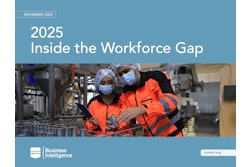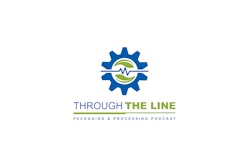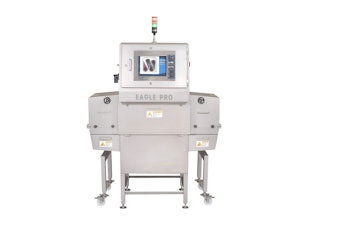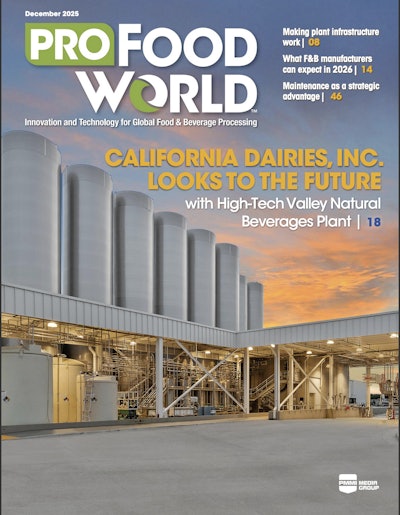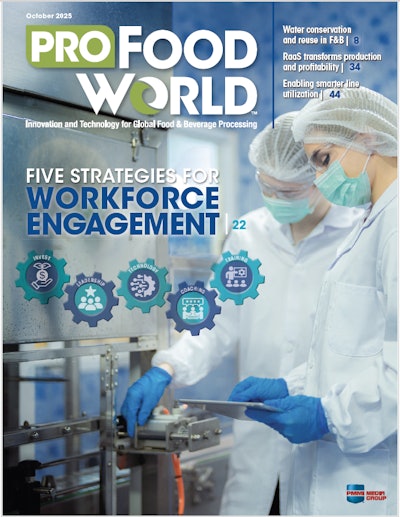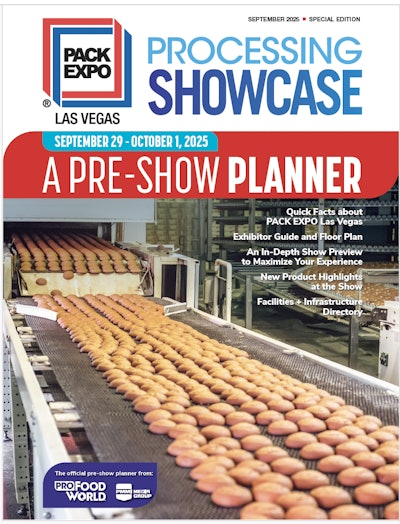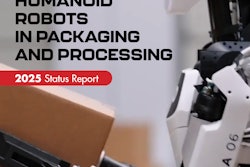In 2018, women who were full-time wage and salary workers had median usual weekly earnings that were 81% of the earnings of male full-time wage and salary workers, according to the Bureau of Labor Statistics. So here we are in 2020, and women in corporate America still face a gender wage gap, making 79 cents for every dollar men make.
In an effort to understand what’s going on, McKinsey Global Institute and LeanIn.Org set out on an exhaustive research project that began five years ago with updates each year. Over the years, close to 600 companies have participated in the study and more than a quarter of a million people were surveyed on work experiences. This past year, the Women in the Workplace 2019 report is based on information from 329 organizations. The research includes a survey of more than 68,500 employees to understand day-to-day work experiences.
Here’s what they found: Progress is being made, specifically for women in leadership positions. In the C-suite, representation of women has increased from 17% to 21% since 2015. Still, women—and particularly women of color—are underrepresented at every level. And, it is not the “glass ceiling” that is preventing women from rising through the ranks, rather, it is the “broken rung” effect.
According to the report: “Conventional wisdom says that women hit a glass ceiling as they advance that prevents them from reaching senior leadership positions. In reality, the biggest obstacle that women face is the first step up to manager, or the broken rung. The broken rung results in more women getting stuck at the entry level and fewer women becoming managers. As a result, there are significantly fewer women to advance to higher levels. To get to gender parity across the entire pipeline, companies must fix the broken rung.”
People may say it’s a two-way street and that women are looking for more work/life balance and therefore are satisfied with lower-level jobs. But the data points to a very different conclusion.
“Despite conventional wisdom, women are staying in the workforce at the same rate as men,” said LeanIn.Org president Rachel Thomas during a “Secrets of Wealthy Women” Wall Street Journal podcast. “Despite conventional wisdom, 10 years ago, 20 years ago, research would have said that women did not negotiate as often as men, that they didn’t ask for promotions as often as men. And yet, we see year over year that is not the case. The story the data tells is that women are leaning in and doing their part. So what we found is that it really is a story about what companies need to do better.”
Companies need to focus on culture and treat diversity and inclusion as a business imperative, putting best practices in place that eliminate bias from hiring and promotions. According to McKinsey, “inclusiveness is fundamental to enhancing gender parity and overall diversity, and results in financial and organizational performance.”
But women face yet another obstacle—or perhaps an opportunity—in automation.
Careers in the age of automation
A McKinsey companion report called “The Future of Women at Work: Transitions in the Age of Automation,” says that creative approaches are needed to help women seize new opportunities in automation or women could fall further behind in the work world.
Facing a skills gap, the industry is encouraging more women to enter into manufacturing to fill science, technology, engineering, and math (STEM) roles. However, globally, women account for only 35% of STEM students, according to the report. “A review of recently created occupations in the U.S. suggests that up to 60% of entirely new jobs such as roboticists and machine-learning specialists are in male-dominated fields.”
But if women can reskill as a way to meet the current STEM-based job demands, it could result in higher-paying careers. “Looking ahead to 2030, our scenario suggests that gender wage disparity may lessen slightly in certain mature economies if women are able to gain the necessary skills and successfully navigate transitions between occupations,” the report said.
It is now up to manufacturers to encourage and enable women to make these job transitions by supporting skill-building efforts, embracing more flexibility and mobility in these new roles, and providing an avenue for women to participate in the creation of technology as the industry begins to work in new ways to embrace the next-generation workforce.
At the Packaging & Processing Women’s Leadership Network (PPWLN) breakfast during PACK EXPO East, keynote speakers Kweilin Ellingrud, a senior partner at McKinsey & Company, and Kelly Coyne, the vice president of Global Women's Strategies, Impax Asset Management LLC and Pax Ellevate Management LLC, addressed gender parity challenges and successes. Listen to the PMMI UnPACKed podcast interview with the keynote speakers, a conversation that digs deeper into financial empowerment and fixing the broken rung.








